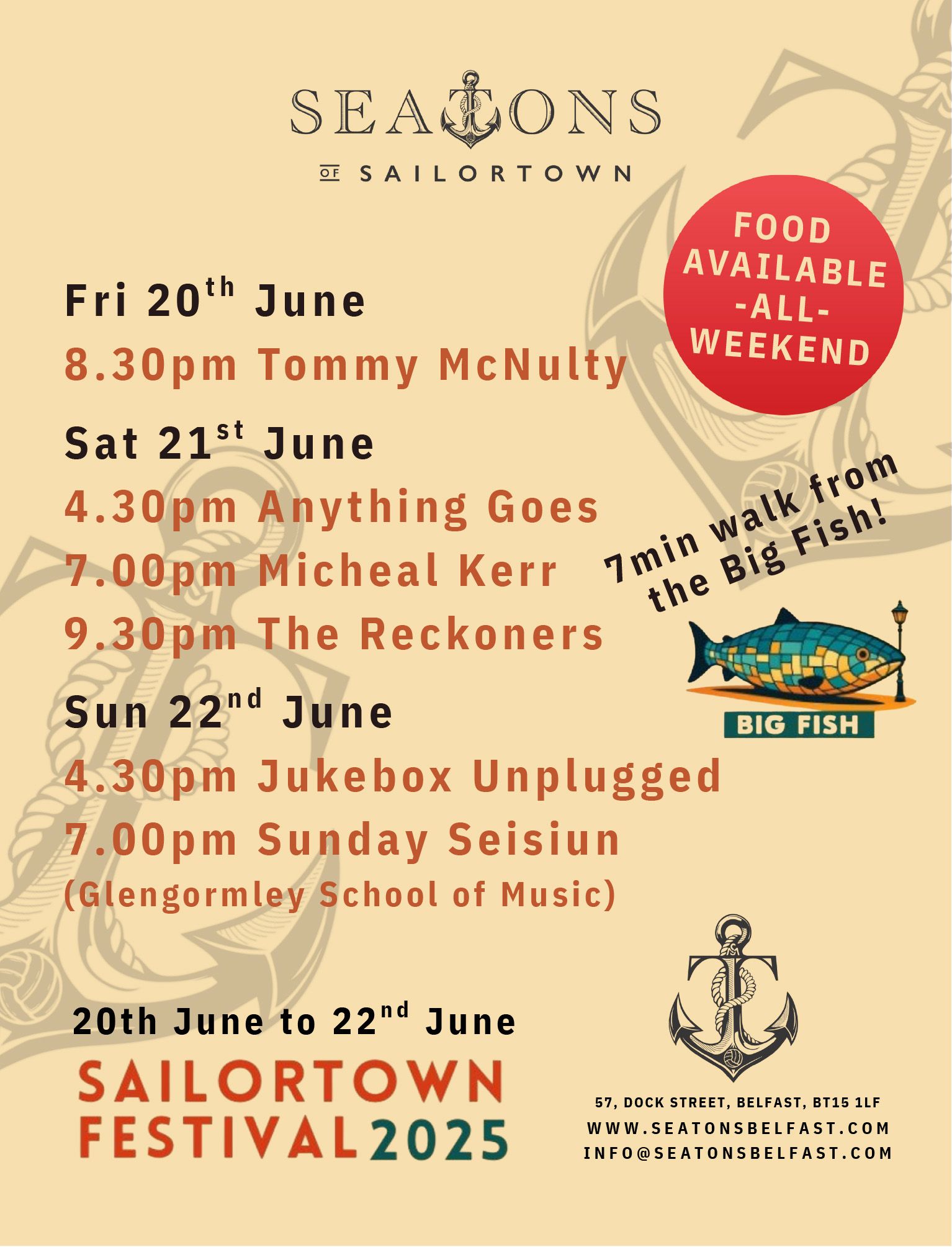THE Presbyterian Historical Society of Ireland have donated the original pulpit Bible that was used in the opening ceremony of the former Broadway Presbyterian Church – which is now An Chultúrlann – back to the Falls Road Irish language centre.
To mark the generous donation and gesture of goodwill towards the Irish language community an event was held at An Chultúrlann where the Bible was put on permanent display and renowned historian Dr Éamon Phoenix gave a talk about Presbyterians and the Irish language in Belfast.
Speaking to the Andersonstown News after his talk Dr Phoenix spoke about the historical links between the Presbyterians and Irish down through the centuries.
“I'm glad to say I'm a regular visitor to An Chultúrlann, having been there many times to give talks and enjoy lunch with friends as Gaeilge,” he said.
“I was invited to speak to the Presbyterian Historical Society on 'Presbyterians and the Irish Language'. I was delighted to do so, particularly since my great grandfather, George Phoenix was a schoolmaster in Tullylish, Co down during An Gorta Mór and both spoke Irish and taught it in his Presbyterian school at Ballylough.
“I showed the group his leather-bound copy of the Bedell Bible, printed in 1830 with the Phoenix family tree from 1819-70 in Irish. Bishop William Bedell, an Englishman, translated the Bible into Irish in the 1630s.
“In my talk I recalled the role of the Presbyterian United Irishmen in reviving the Irish language and culture in the radical town of Belfast in the 1790s. Not only was the first Gaelic magazine, 'Bolg an Tsolair' published by the Northern Star in Wilson's Court but they organised the historic Belfast Harp Festival of July 1792 in the old Assembly Rooms – opposite the Northern Whig. This was attended by Wolfe Tone who famously wrote in his Journal 'The harpers again. Strum, strum and be hanged'.
Dr Phoenix continued: “This tradition was continued in the 19th century by Robert MacAdam of the Soho Foundry and the considerable Protestant involvement in the Gaelic League in the city following its formation in 1893. The Belfast branch was founded in the Beersbridge Road in East Belfast in 1895 and its Uachtaran was Dr John St Clair Boyd, a doctor in the Samaritan Hospital. Another leading figure was the Protestant Nationalist lawyer, Francis Joseph Bigger whose home, Ard Righ on the Antrim Road was a rendez-vous for members of the Gaelic League and IRB in the years before 1916.
“Other Protestants involved in the League included Ernest Blythe (Earnan de Bladgh) and Sean Lester. Blythe, from a unionist farming family at Magheragall, Co Antrim- became a leading figure in the struggle for Irish independence and became Deputy President of the Irish Free State. Lester, the son of a Methodist shopkeeper on the Lower Ormeau Road was a journalist and the last Secretary General of the League of Nations in Geneva. His grand-daughter, Chief Justice Susan Denhem, Irish Chief Justice, unveiled a blue plaque in his memory on the Ormeau Road in 2013.”
Original Bible from former church on display at Cultúrlann

: James E Moffett hands over the Bible from Broadway Presbyterian Church – which is now An Chultúrlann McAdam Ó Fiaich – to Kevin Shannon, with Very Rev Michael Barry, Derek Alexandar, and Rev Jim Stothers looking on




